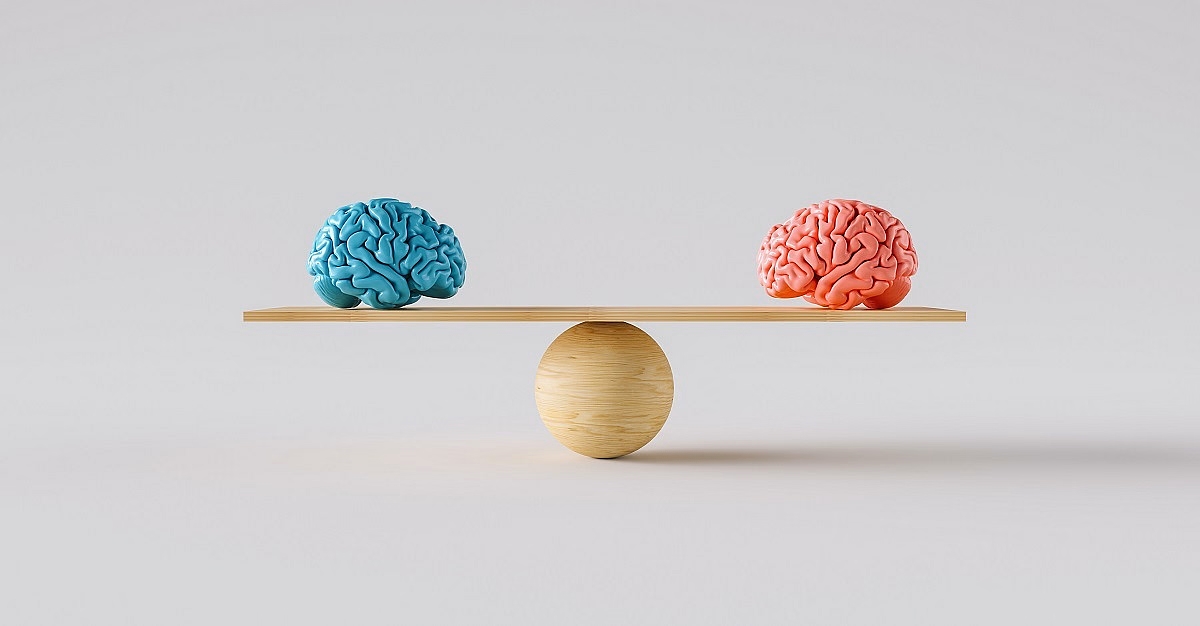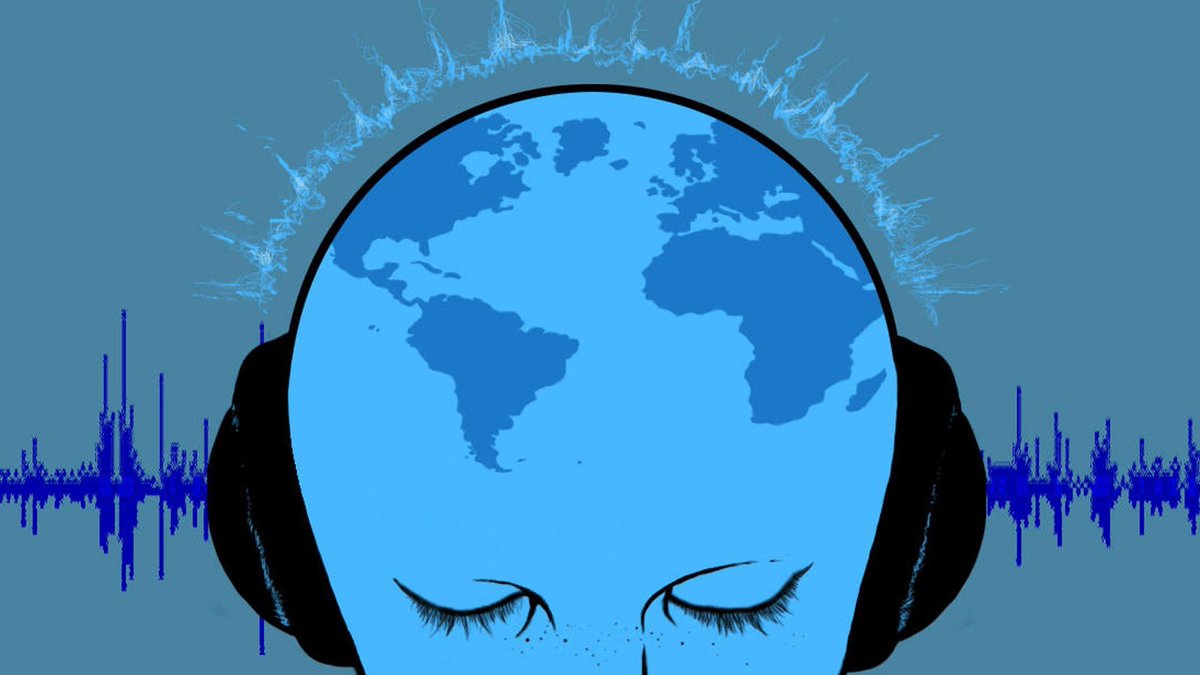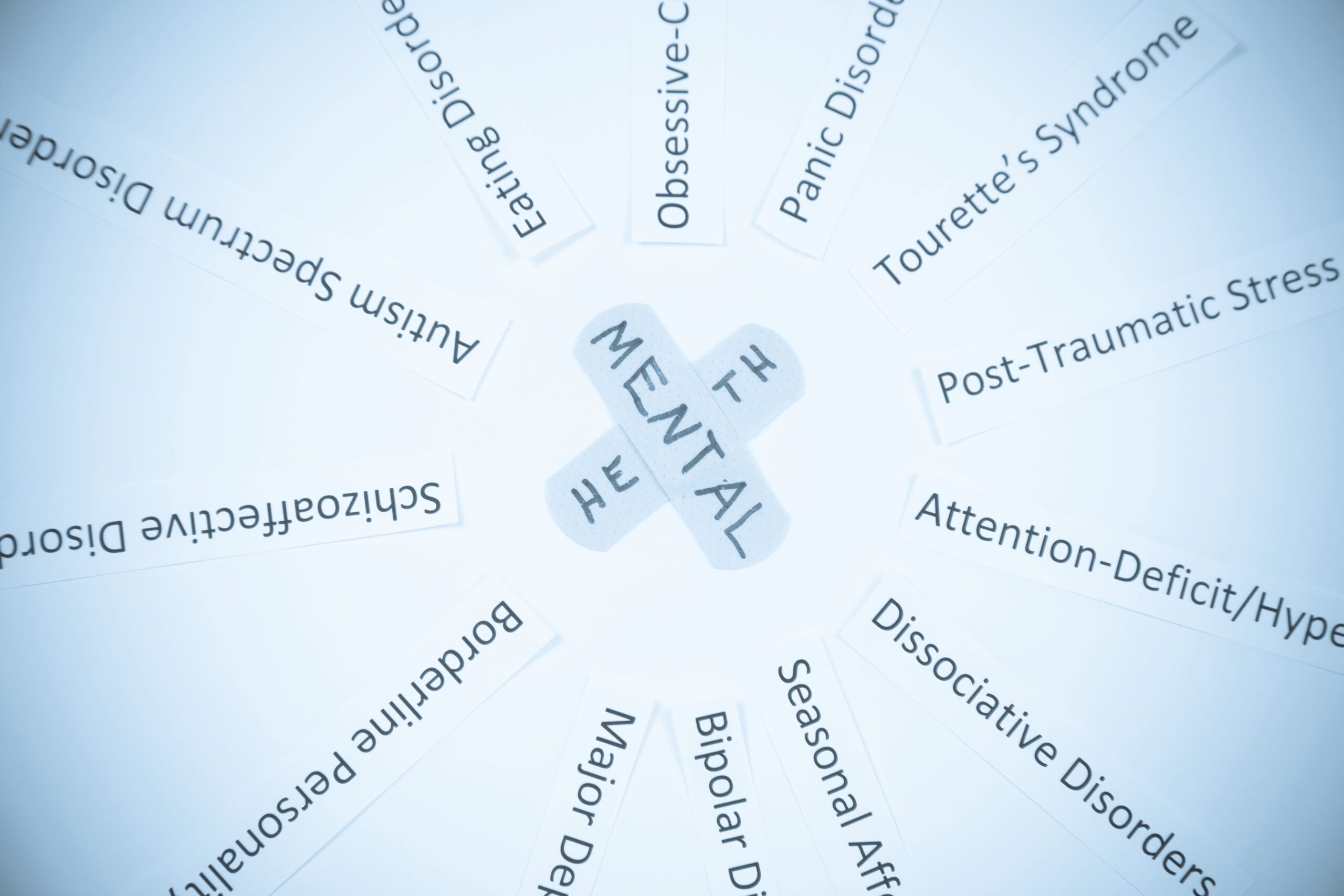A broken heart is often harder to heal than a broken leg. Now researchers say that a broken heart can contribute to lasting chronic pain.
In a reflections column published Dec. 21 in the Annals of Family Medicine, pain experts Mark Sullivan and Jane Ballantyne at the University of Washington School of Medicine, say emotional pain and chronic physical pain are bidirectional. Painkillers, they said, ultimately make things worse.
Their argument is based on new epidemiological and neuroscientific evidence, which suggests emotional pain activates many of the same limbic brain centers as physical pain. This is especially true, they said, for the most common chronic pain syndromes – back pain, headaches, and fibromyalgia.
Opioids may make patients feel better early on, but over the long term these drugs cause all kinds of havoc on their well-being, the researchers said.
“Their social and emotional functioning is messed up under a wet blanket of opioids,” Sullivan said.
The researchers said new evidence suggests that the body’s reward system may be more important than tissue damage in the transition from acute to chronic pain.
By reward system, they are referring, in part, to the endogenous opioid system, a complicated system connected to several areas of the brain, The system includes the natural release of endorphins from pleasurable activities.
When this reward system is damaged by manufactured opioids, it perpetuates isolation and chronic illness and is a strong risk factor for depression, they said.
“Rather than helping the pain for which the opioid was originally sought, persistent opioid use may be chasing the pain in a circular manner, diminishing natural rewards from normal sources of pleasure, and increasing social isolation,” they wrote.
This shows a man holding his head

Both Sullivan and Ballantyne prescribe opioids for their patients and say they have a role in short-term use.
“Long-term opioid therapy that lasts months and perhaps years should be a rare occurrence because it does not treat chronic pain well, it impairs human social and emotional function, and can lead to opioid dependence or addiction,” they wrote.
What Sullivan recommends is if patients are on high-dose long-term opioids and they are not having clear improvement in pain and function, they need to taper down or switch to buprenorphine. If available, a multidisciplinary pain program using a case manager to monitor their care and well-being, similar to those for diabetes and depression care, may be of benefit.






